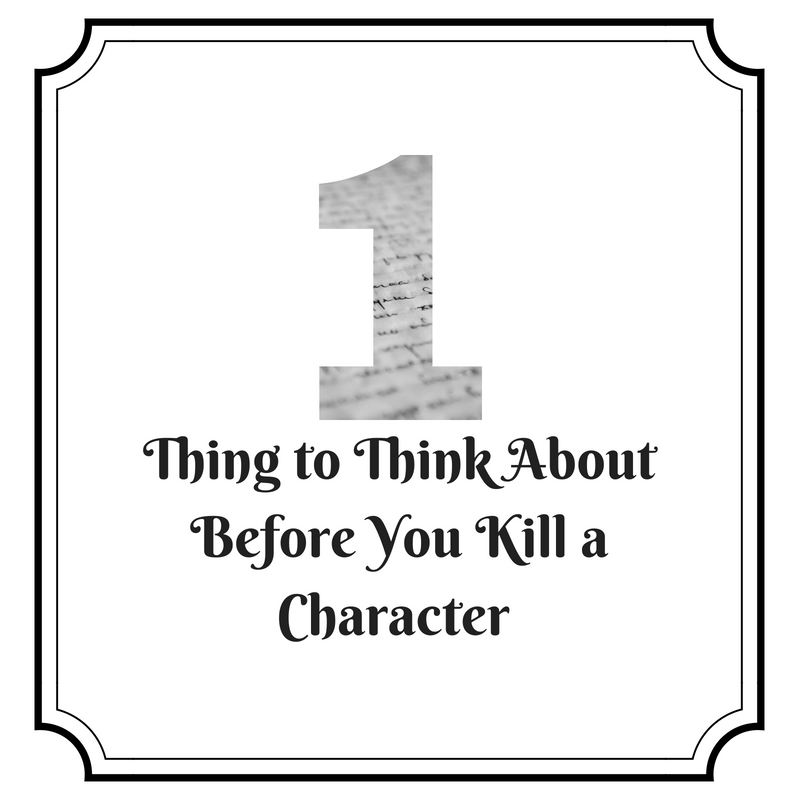One Thing to Think About Before You Kill a Character
Last updated on November 23rd, 2022 at 07:28 am

So, I’m sitting in the theater watching Deadpool, and it’s just started. It’s pretty good so far. You know, it’s Deadpool. Violence. Hilarity. Inappropriate jokes. Then, (spoiler alert) they suddenly kill Vanessa, Deadpool’s girlfriend, and the movie immediately loses my favor. I just talked about this idea in my Thanos post, but, apparently, we need to talk about it again. This time, it’s getting its own post.
Gail Simone is a comic book writer who has worked on many titles, including Deadpool. In 1999, before she was a successful writer, she posted a list entitled “Women in Refrigerators.” It’s a list of all the women in comics who have been murdered, raped, maimed, depowered, etc. On the homepage, it says, “Some have been revived, even improved — although the question remains as to why they were thrown in the wood chipper in the first place.” I suggest checking out the website and looking at the list. It’s extensive. There’s also an archive of creators’ responses to the list. If you’re looking for more information, there’s this great video which also addresses some of the issues I’m talking about here.
The crux of the list, and this post, is “why they were thrown in the wood chipper in the first place.” Women characters often face violence or the threat of violence. They are often killed. But so are men. So, what’s the problem? The problem is that women are often killed simply for the character development of a man. “Women in Refrigerators” or “fridging” a character has become shorthand for this pattern. While Simone was focusing on comic book characters, it’s easy to apply the idea elsewhere. Let’s use Deadpool as an example (even though he’s a comic book character.)
Some of you are thinking “Okay, but they bring Vanessa back to life at the end. So, how does this apply?” Because she spends 95% of the movie either dead or being all ethereal and/or sexy. Even though they brought her back, she still died. She died for shock value and so we could watch Deadpool be sad about it. Her death, and his guilt over it, drives the entire movie and Deadpool’s eventual attempts to save the young boy. More than that, the movie doubled down on “Women in Refrigerators” by having it be the motivation for the movie’s villain, Cable. His wife and daughter are murdered, motivating Cable to travel to the past in an attempt to stop it. We know absolutely nothing about his wife and daughter except that they die. He doesn’t even talk about their smiles or anything. We barely see their faces, just their corpses. Their entire purpose is to die and make Cable sad and angry. This lack of character development keeps these women from feeling human.
Intentions matter. When you plan on killing or injuring a character, you have to think about why you’re doing it. I may be focusing on women, but this is something to think about no matter who the character is. You don’t want your readers to think your deaths are cheap. Furthermore, and again, I talked about this in my Thanos post, you shouldn’t just think about what makes a good story. You have to think about how your work falls into history. When you murder a woman to make a man sad, you’re invoking a long history of women dying to give men an arc. Your work doesn’t exist in a vacuum.
This sounds like a lecture, and I’m sorry. The reality is that if you consider these elements when you harm one of your characters, you can create a better and richer story. All of your characters can have depth, not just your protagonist, and your deaths can mean something. It’s worth taking that time to think about why you’re killing your characters.


One Comment